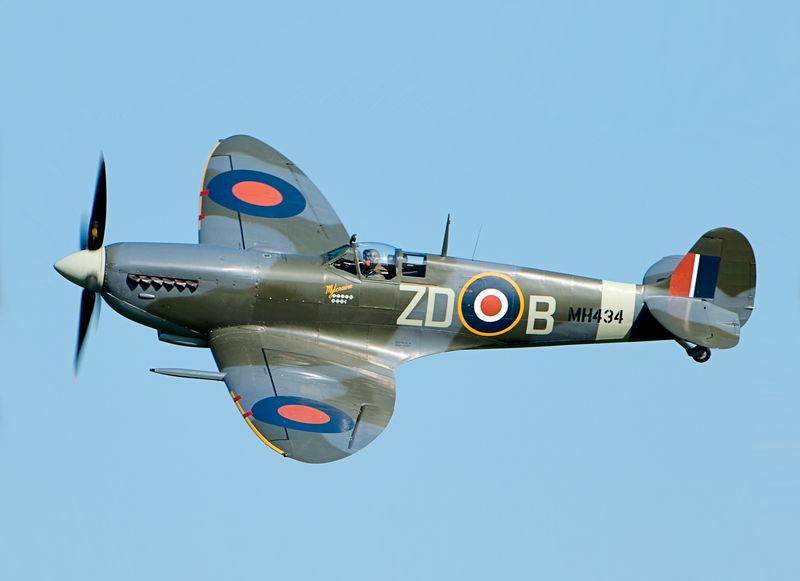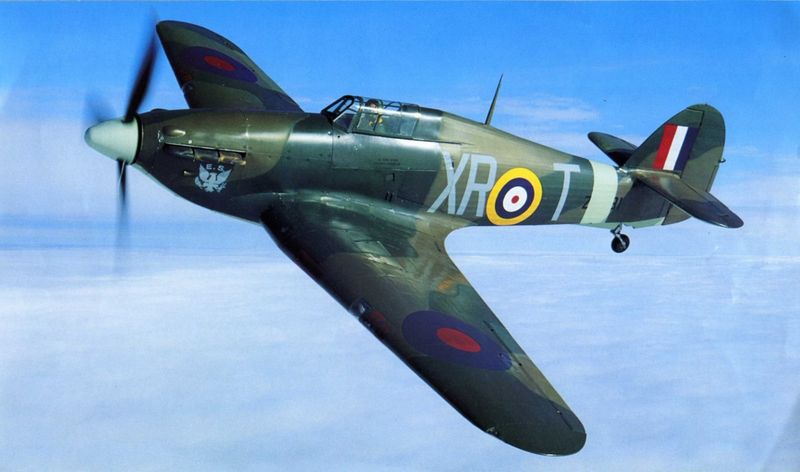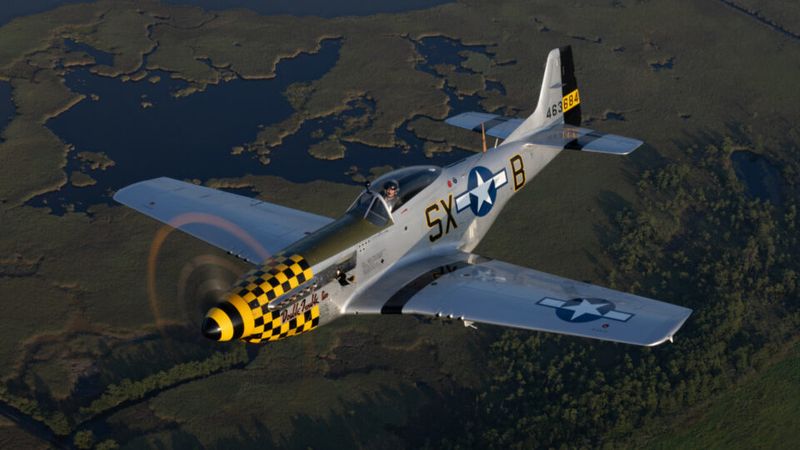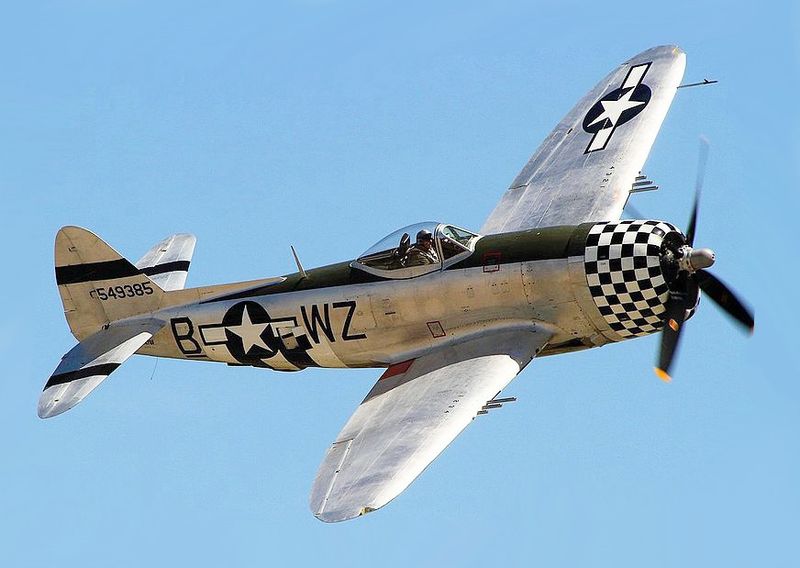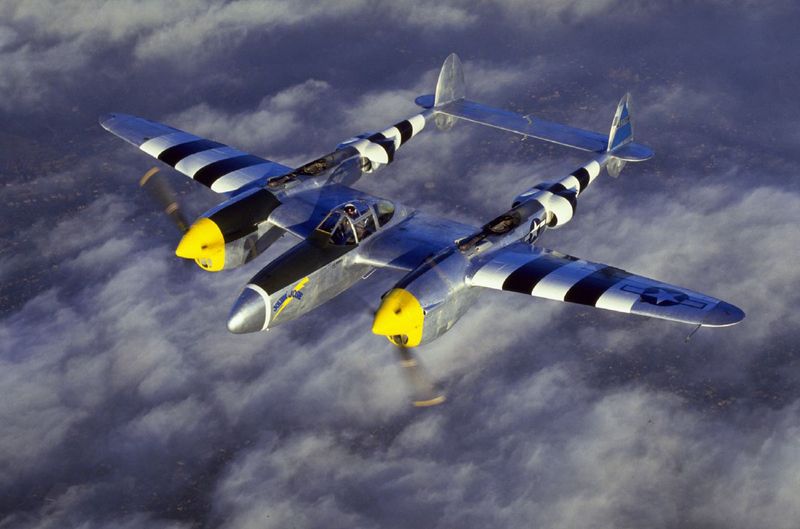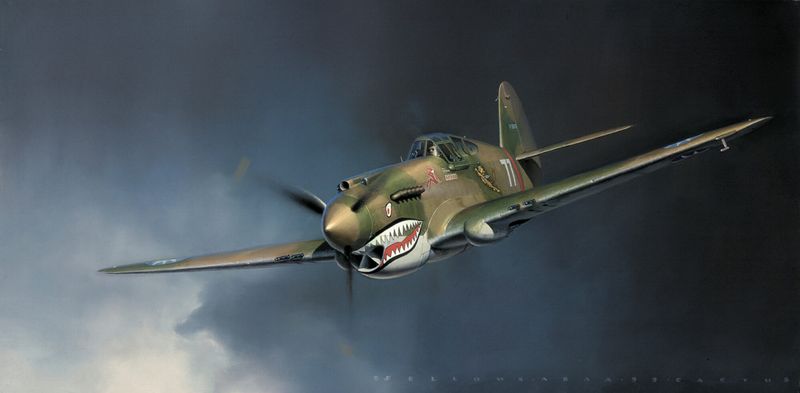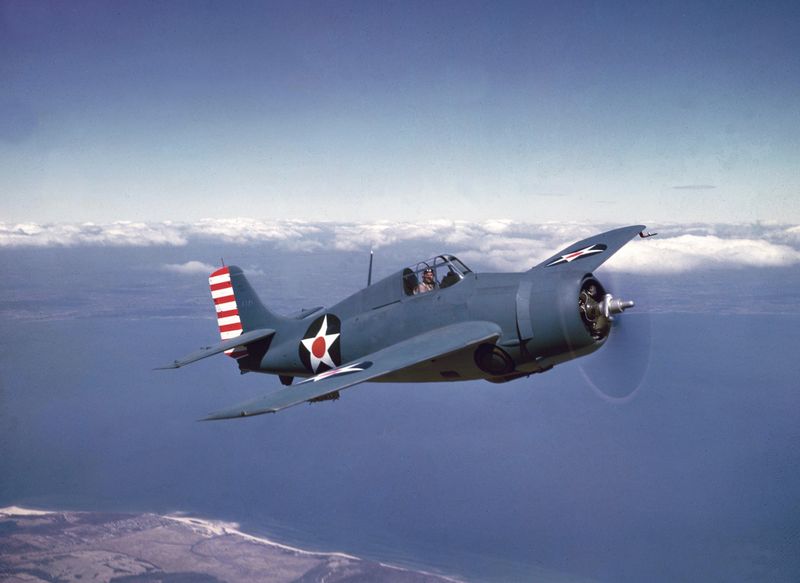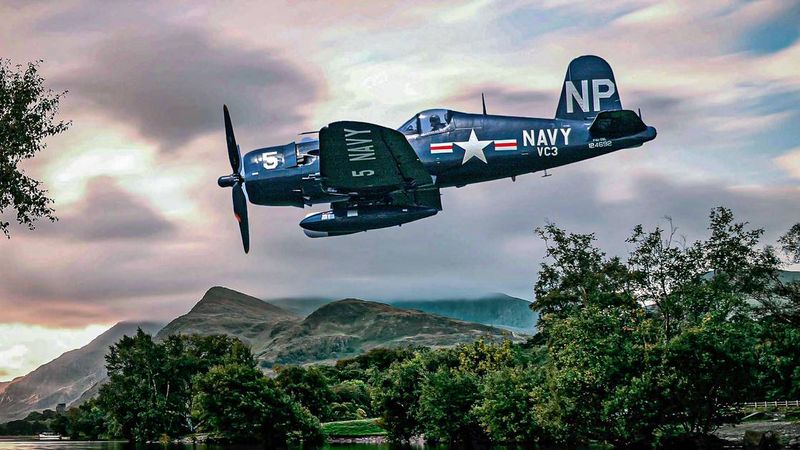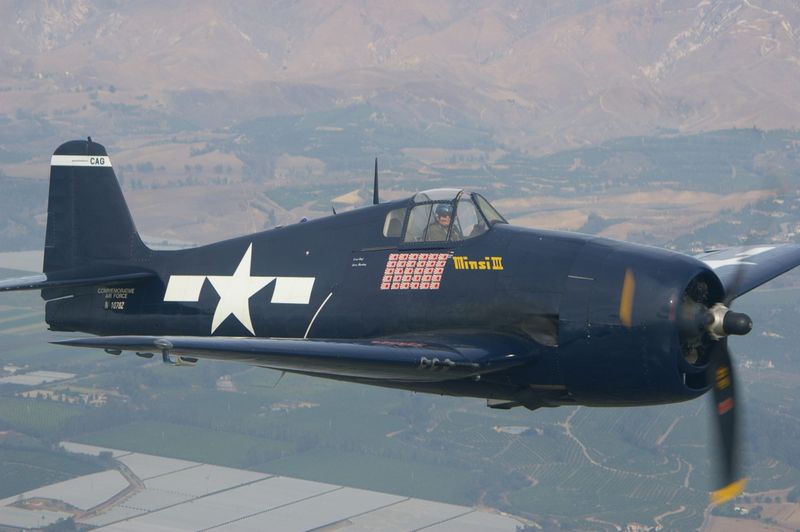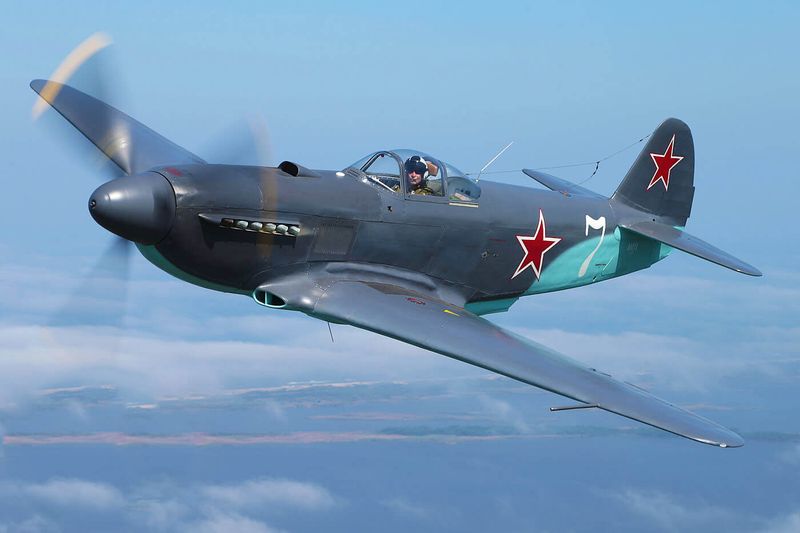World War II saw the emergence of several iconic fighter planes that played pivotal roles in the Allies’ victory. These aircraft not only defined air combat strategies but also left a lasting legacy in aviation history. Here, we explore ten legendary Allied fighter planes whose daring exploits and innovative designs continue to captivate aviation enthusiasts and historians alike.
1. Supermarine Spitfire
Soaring through the skies with unmatched grace, the Supermarine Spitfire remains a symbol of British resilience. Its elliptical wings and sleek design made it a formidable opponent during the Battle of Britain. Pilots admired its agility, which turned aerial dogfights into a ballet of strategy and skill.
The Spitfire’s Merlin engine provided the speed necessary to outpace adversaries, while its craftsmanship ensured survival in intense combat. This legendary aircraft became synonymous with victory, defending Britain’s skies with valor. The Spitfire’s legacy endures, celebrated in both museums and the hearts of aviation enthusiasts.
Did you know? Its designer, R.J. Mitchell, passed away before witnessing its success.
2. Hawker Hurricane
Often overshadowed by its sleeker counterpart, the Hawker Hurricane was the unsung hero of the Battle of Britain. With a rugged frame and powerful armament, it bore the brunt of Luftwaffe attacks, scoring more kills than the celebrated Spitfire.
Pilots appreciated its forgiving nature, allowing novice aviators to master its controls rapidly. The Hurricane’s durable design withstood enemy fire, making it a reliable companion in the skies. Its contribution to the war effort was invaluable, securing its place in history as the unsung workhorse of the RAF.
Fun fact: The Hurricane was the first RAF fighter to achieve a thousand kills.
3. North American P-51 Mustang
The North American P-51 Mustang, with its sleek lines and powerful engine, became a game-changer in aerial warfare. Its long-range capabilities allowed it to escort bombers deep into enemy territory, altering the course of the war.
Featuring a Rolls-Royce Merlin engine, the Mustang excelled in high-altitude combat, achieving air superiority with ease. Pilots praised its speed and maneuverability, which made it a formidable adversary. Its distinct silhouette became an icon of American air power.
Did you know? The Mustang was initially designed in just 102 days in response to a British specification.
4. Republic P-47 Thunderbolt
Nicknamed the “Jug,” the Republic P-47 Thunderbolt was a force to be reckoned with. Its rugged radial engine and heavy armament made it a favorite among pilots for both air-to-air and ground-attack missions.
The Thunderbolt’s ability to absorb damage and continue flying earned it a reputation for toughness. It was instrumental in supporting ground troops with precision strikes, showcasing its versatility on the battlefield. Pilots found its size reassuring, as it could withstand significant punishment.
Fun fact: The P-47 was one of the largest and heaviest fighter planes in history, yet it excelled in high-speed dives.
5. Lockheed P-38 Lightning
With its twin-boom design, the Lockheed P-38 Lightning was unlike any other fighter of its time. Its unique shape and performance made it a versatile tool for high-altitude interception and reconnaissance.
The Lightning’s turbo-supercharged engines allowed it to reach impressive altitudes, where it excelled in taking down enemy bombers. Its long-range capabilities made it a valuable asset in both European and Pacific theaters. Pilots appreciated its stability and firepower, which made it a lethal opponent.
Did you know? The P-38 was responsible for shooting down more Japanese aircraft than any other Allied fighter in the Pacific.
6. Curtiss P-40 Warhawk
The Curtiss P-40 Warhawk, known for its distinctive shark mouth nose art, became a symbol of defiance in the skies. Its sturdy build and reliability made it a favorite among the famed Flying Tigers in China.
Despite lacking the high-altitude performance of some peers, the P-40 excelled in low-altitude combat, where it could leverage its ruggedness and dive speed. Its service across multiple theaters demonstrated its adaptability and resilience.
Fun fact: The P-40 was the third most-produced American fighter of WWII, proving its value in various combat scenarios.
7. Grumman F4F Wildcat
The Grumman F4F Wildcat, with its robust design and formidable armor, became the backbone of the U.S. Navy’s carrier fighter force early in WWII. Despite facing the agile Japanese Zeros, the Wildcat held its ground with superior dive speed.
Its rugged construction allowed it to withstand enemy fire, providing pilots with a reliable platform during intense naval battles. The Wildcat’s contribution to early Pacific victories was vital, setting the stage for later successes.
Did you know? The Wildcat was the only U.S. Navy fighter to serve throughout the entire war, highlighting its enduring design.
8. Vought F4U Corsair
Bearing the nickname “Whistling Death,” the Vought F4U Corsair was a fearsome adversary. Its speed and heavy armament made it a dominant force in the Pacific, outmatching Japanese aircraft with ease.
The Corsair’s unique inverted gull wings facilitated carrier landings, making it a valuable asset for naval operations. Its powerful engine allowed for rapid climbs and agile maneuvers, cementing its status as a pilot favorite.
Fun fact: The Corsair was able to achieve an 11:1 kill ratio against its adversaries, underscoring its prowess in combat.
9. Grumman F6F Hellcat
As the successor to the Wildcat, the Grumman F6F Hellcat was designed to counter the Japanese Zero. With over 5,000 enemy kills to its name, it became the U.S. Navy’s most successful fighter by the end of WWII.
The Hellcat’s robust construction and powerful engine provided pilots with the confidence to engage in dogfights. Its ability to absorb damage and continue fighting made it a formidable opponent.
Did you know? The Hellcat achieved more aerial victories than any other Allied naval aircraft, proving its critical role in the Pacific theater.
10. Yakovlev Yak-3
The Soviet Yakovlev Yak-3 was a light and agile fighter that excelled at low altitudes. Its simplicity and ruggedness made it a trusted companion on the Eastern Front, where it outperformed many adversaries.
The Yak-3’s excellent maneuverability allowed Soviet pilots to engage effectively in dogfights, turning battles in their favor. Its straightforward design made it easy to produce and maintain, ensuring a steady supply for the front lines.
Fun fact: French pilots serving with the Soviet Air Force flew the Yak-3, showcasing its universal appeal among Allied forces.
